Acque chiare
In some of her boards Mary Cinque offers a sort of apology of common, apparently banal moments (“shots where nothing seems to happen” as she wrote in the exhibition catalogue book), while in all the exposed pieces the value of transiency is remarked by the intrinsic nature of flowing (and colouring) water. Moreover, both the framing and the rendering solution she adopted are able to give a more clear, less superficial view of reality; a more authentic experience of it.
The long elaboration time of each piece, the subject chosen and the episodes of “re-writing” a same scene in different tones, make the whole series to appear as a sort of Mary’s private journal.
“First of all – as Massimo Bignardi wrote in the catalogue book – it is to be noted the dimension of the support on which Mary’s hand operates: small sheets of cardboard that, having almost the same size of a postcard, give the idea of souvenirs and evoke imaginary mail exchanges; in practice they form a special channel through which being in touch with memory. Then the support and the technique used. As regards the former, Mary’s choice was a rough cardboard able by nature to offer some materiality; an irregular surface that is creasy and porous in the same while, facilitating th thickening of her fluid touch of the brush in spots and in irregular backgrounds rich of both blurs and frayed water halos. In other words, a surface that makes easy the appearing of folds, just like a living skin yields to the passing time and its inexorable effects. The technique here adopted by Mary Cinque is watercolour: the simplest but also the most mental one. Initially the artist used the industrial tablets for fine arts; then the thirst for a more personal colour induced her to elaborate it from the basic dyes, following an alchemy that – fortunately – is still part of art praxis. The painting technique is mental – as I said before – in that it renounces a priori to any saturation and proceeds through passages of minimal tonal change at the expenses of the maximum brightness, represented by the white of the sheet. It is like proceeding by substractions of light, leaving to the edges of coloured areas the tasks of organizing the spatial architecture and of revealing human preferences by showing the essence of alla forms in the scene. Mary Cinque subverts the process: she lets the white assume the role of cast of an opaque body which selects and reduces the transit of light while to the colour she assigns the same role that Man ray – in his shots – assigned to the light.”
Massimo Bignardi
Acque chiare
-

Acque chiare #411watercolor on paper cm 15 x 10
-
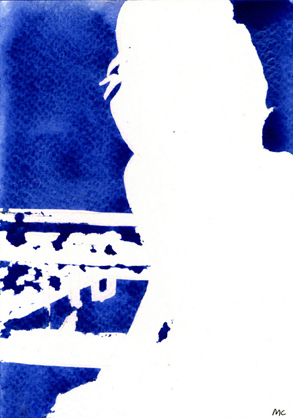
Acque chiare #40watercolor on paper cm 15 x 10
-
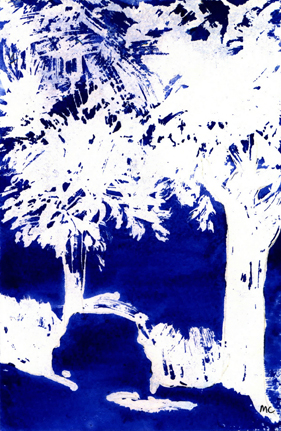
Acque chiare #38watercolor on paper cm 15 x 10
-
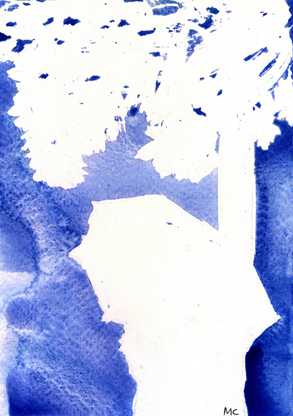
Acque chiare #39watercolor on paper cm 15 x 10
-

Acque chiare #37watercolor on paper cm 15 x 10
-
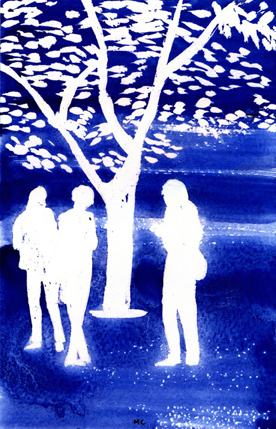
Acque chiare #36watercolor on paper cm 15 x 10
-
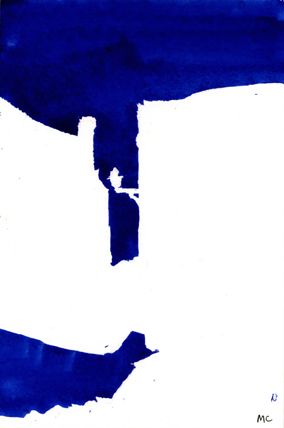
Acque chiare #35watercolor on paper cm 15 x 10
-
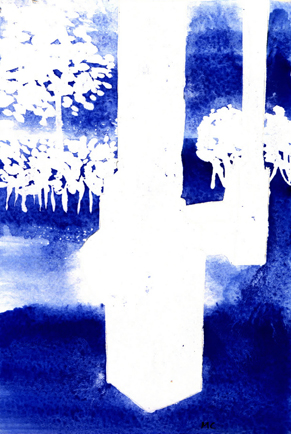
Acque chiare #034watercolor on paper cm 15 x 10
-
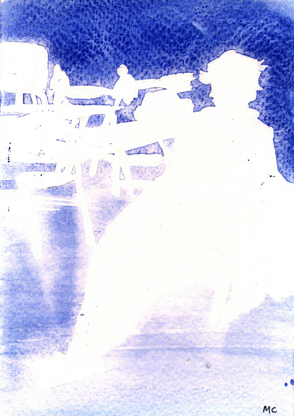
Acque chiare #033watercolor on paper cm 15 x 10
-
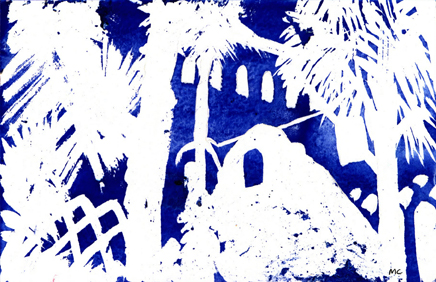
Acque chiare #018watercolor on paper cm 10 x 15
-
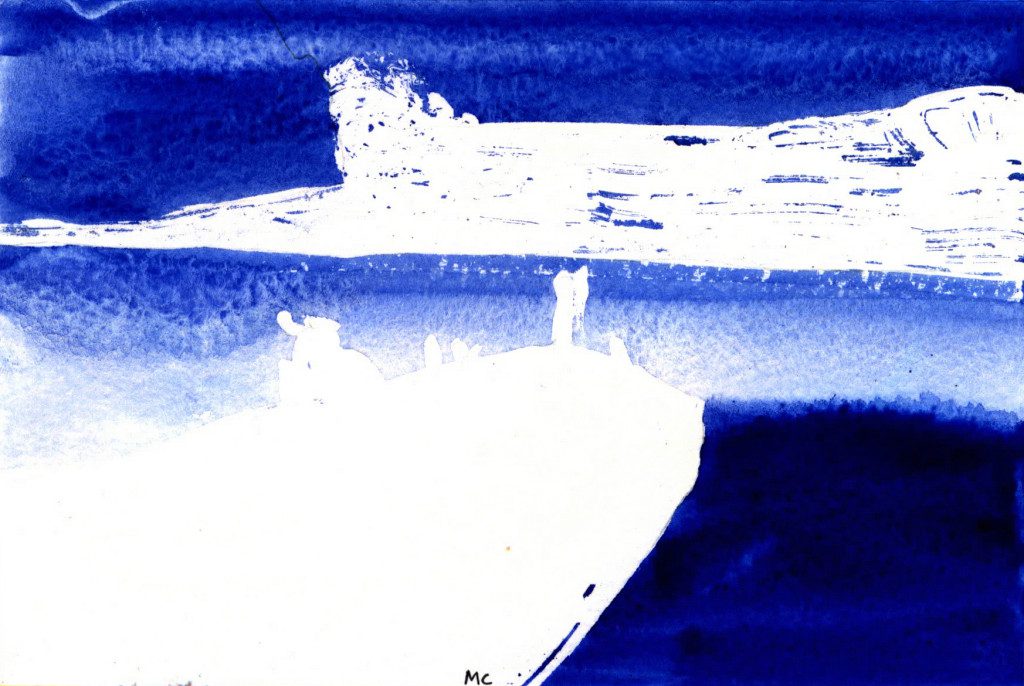
Acque chiare #019watercolor on paper cm 10 x 15
-
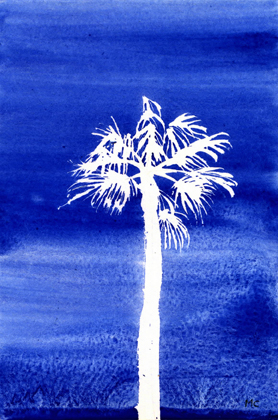
Acque chiare #09watercolor on paper cm 15 x 10